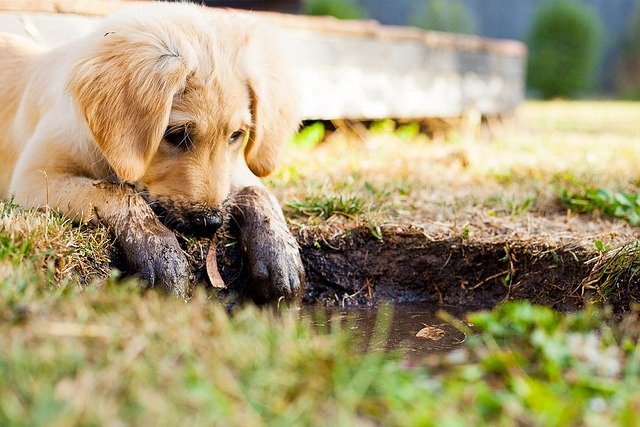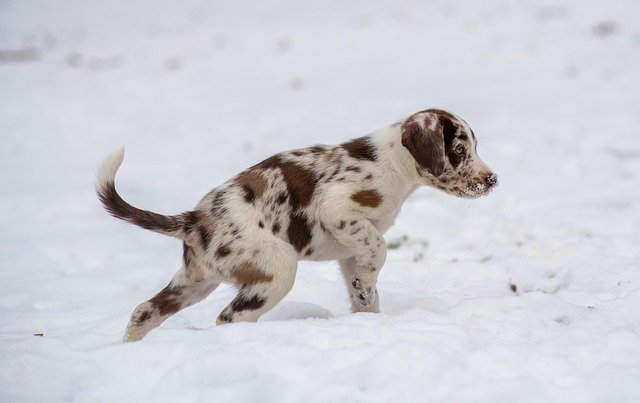How to Recognize Parvovirus Symptoms in Puppies (2025) – A Life-Saving Guide
Estimated reading time: 8 minutes

Key Takeaways
- Spot early and severe parvo symptoms to act quickly.
- Follow the right puppy vaccination timeline for prevention.
- Take emergency puppy care steps if infection is suspected.
- Prevent outbreaks with canine parvovirus prevention tips.
Table of Contents
- Understanding Canine Parvovirus
- How to Recognize Parvovirus Symptoms in Puppies (2025)
- Puppy Vaccination Timeline for Parvo Prevention
- Emergency Puppy Care Tips for Parvo Cases
- Prevention & Long-Term Puppy Care
- Frequently Asked Questions
Understanding Canine Parvovirus
Canine parvovirus (CPV) is a virus that destroys fast-growing cells, especially in a puppy’s gut and bone marrow. It spreads through:
- Contaminated feces.
- Shared bowls, toys, or kennels.
- Human hands, shoes, or clothing.
High-risk puppies include:
- Unvaccinated dogs under 6 months.
- Puppies in shelters, pet stores, or dog parks.
- Breeds like Rottweilers, Dobermans, and Pit Bulls (higher susceptibility).
Source: AVMA, Cornell University.
How to Recognize Parvovirus Symptoms in Puppies (2025)
Early Warning Signs
- Lethargy – No energy, refuses to play.
- No appetite – Ignores food or treats.
- Fever – Warm ears, shivering.
- Stomach pain – Whines when touched.
Severe Symptoms (Require Emergency Care)
- Bloody diarrhea – Foul-smelling, watery, or mucus-filled.
- Non-stop vomiting – May contain bile or blood.
- Dehydration – Dry gums, sunken eyes.
- Collapse – Weakness, unable to stand.
Act fast: Delaying vet care lowers survival chances. Learn more about pet first aid for emergencies.
Sources: AKC, Point Vicente Vet.

Puppy Vaccination Timeline for Parvo Prevention
Vaccines are the best defense. Follow this schedule:
- First shot: 6–8 weeks old.
- Boosters: Every 3–4 weeks until 16–20 weeks.
- Annual boosters afterward.
Why timing matters:
- Maternal antibodies can block early vaccines.
- Missing boosters leaves gaps in protection.
For a deeper dive into puppy health, explore our guide on how to train a puppy alongside vaccinations.
Source: Cornell University.
Emergency Puppy Care Tips for Parvo Cases
If you suspect parvo:
- Isolate the puppy – Keep away from other pets.
- Call your vet immediately – Alert them for quarantine prep.
- Hydration support – IV fluids may be needed (don’t force water).
- Disinfect everything – Use bleach (1:32 ratio) on bowls, floors, toys.
- Avoid other dogs – The virus survives months in the environment.
For pet-safe cleaning, read our pet-proofing home guide.
Prevention & Long-Term Puppy Care
Keep your puppy safe with these steps:
- ✔ Stick to the vaccination schedule – Never skip boosters.
- ✔ Avoid high-risk areas – No dog parks until fully vaccinated.
- ✔ Wash hands often – Especially after touching other dogs.
- ✔ Quarantine new puppies – Wait until vaccines are complete.
For holistic care, check out senior pet health tips to plan for your puppy’s future.
Sources: AVMA, Cornell University.

Conclusion
Parvovirus is deadly but preventable. Here’s what to remember:
- Spot symptoms early (lethargy, vomiting, bloody diarrhea).
- Vaccinate on time – Follow the puppy vaccination timeline strictly.
- Act fast – Emergency care improves survival odds.
Protect your puppy: Schedule vaccines, watch for symptoms, and share this guide with fellow pet owners. For more on flea and tick prevention, another critical aspect of puppy health, visit our blog.
Frequently Asked Questions
What are the first signs of parvo?
The earliest symptoms include lethargy, loss of appetite, fever, and stomach pain. If you notice these, contact your vet immediately.
How long does parvo last?
With treatment, recovery can take 5-10 days. Severe cases may require hospitalization for weeks. Without treatment, parvo is often fatal within 48-72 hours.
Can adult dogs get parvo?
Yes, though puppies are most vulnerable. Unvaccinated adult dogs or those with weakened immune systems can still contract the virus.
